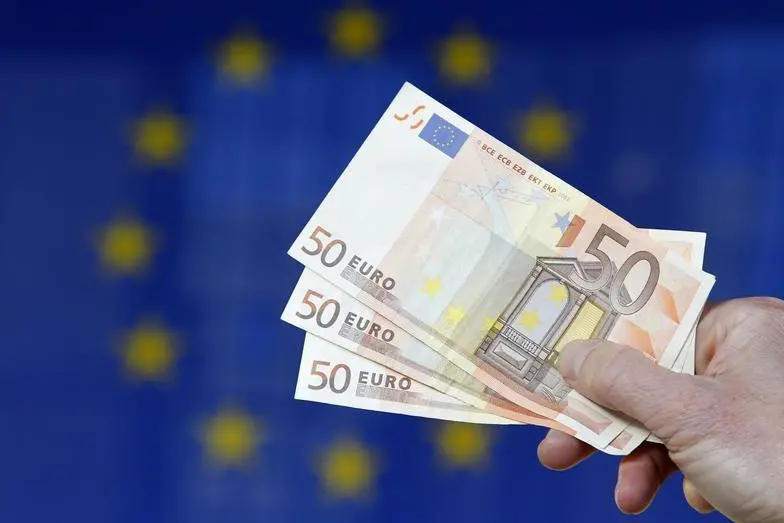Amid growing concerns over U.S. tariffs on the European Union, European bond yields plummet as investors turn away from riskier assets and seek safer investments. The move sparked a broad rally in government bonds and triggered a sharp decline in banking and consumer stocks across the region.
Why Are European Bond Yields Plummeting?
Government bonds, especially those from developed nations like Germany, France, and the U.K., are considered low-risk investments. When market uncertainty rises, demand for these bonds increases. Since bond prices and yields move in opposite directions, strong demand pushes prices up and bond yields down — hence why European bond yields plummet in today’s trading.
On Friday afternoon, both short-term and long-term European government debt saw significant gains:
- German 2- and 5-year bunds: Yields fell by 10 basis points.
- French 2-year bonds: Yields dropped by 9 basis points.
- German 20- and 30-year bunds: Yields declined by around 7 basis points.
- French and Italian 30-year bonds: Yields slipped 5 basis points.
This strong demand clearly shows a flight to safety among investors.
Trump’s Tariff Threat Intensifies Market Jitters
The drop in yields came after U.S. President Donald Trump called for a 50% tariff on EU imports, starting June 1. This aggressive move has rattled global markets and added to geopolitical tensions already weighing on investor sentiment.
European banking stocks were hit hard as worries grow over how these tariffs might hurt their clients and the broader economy. The Stoxx Banks Index was down 3.6% by the afternoon in London, with major losses including:
- Deutsche Bank: Down 5.2%
- Societe Generale: Down 4.6%
- Unicredit: Down 4.2%
European Stock Markets Follow Bond Yields Lower
The sell-off in stocks wasn’t limited to banks. Luxury and consumer cyclical companies also saw steep declines. Swatch Group and Essilor Luxottica — maker of Ray-Ban sunglasses — both dropped by around 5%.
Major European indices took a hit:
- Stoxx Europe 600: Down 1.9%
- Germany’s DAX: Down 2.3%
- France’s CAC 40: Fell 2.8%
- UK’s FTSE 100: Dropped 1.3%
Currency Movements: Sterling Up, Euro Pares Gains
Despite broader market volatility, the British pound briefly touched a one-year high before settling 0.5% higher. Meanwhile, the euro gave up some of its early gains, ending up just 0.2% higher against the U.S. dollar after being up as much as 0.7%.
Positive News for UK Households on Energy Bills
In a bit of relief for UK consumers, Ofgem—the U.K.’s energy regulator—announced a £129 ($174) drop in average annual energy bills starting in July. This reduction is due to lower wholesale gas prices and will bring the average yearly energy cost to £1,720, a significant decline from the peaks seen in early 2023.
However, energy prices still remain 10% higher than the same period last year. Ofgem’s Tim Jarvis emphasized the importance of a more stable and secure energy system that is less affected by volatile global markets.
Markets Brace for Uncertainty as European Bond Yields Plummet
With tariffs looming and investor anxiety rising, the market reaction has been swift and clear: European bond yields plummet, banking and consumer stocks tumble, and safe-haven assets surge. As June 1 approaches, all eyes will be on further developments in the U.S.–EU trade dispute and how it may shape the financial landscape in the weeks ahead.
For more such business related news, stay updated with 10X Times News.






